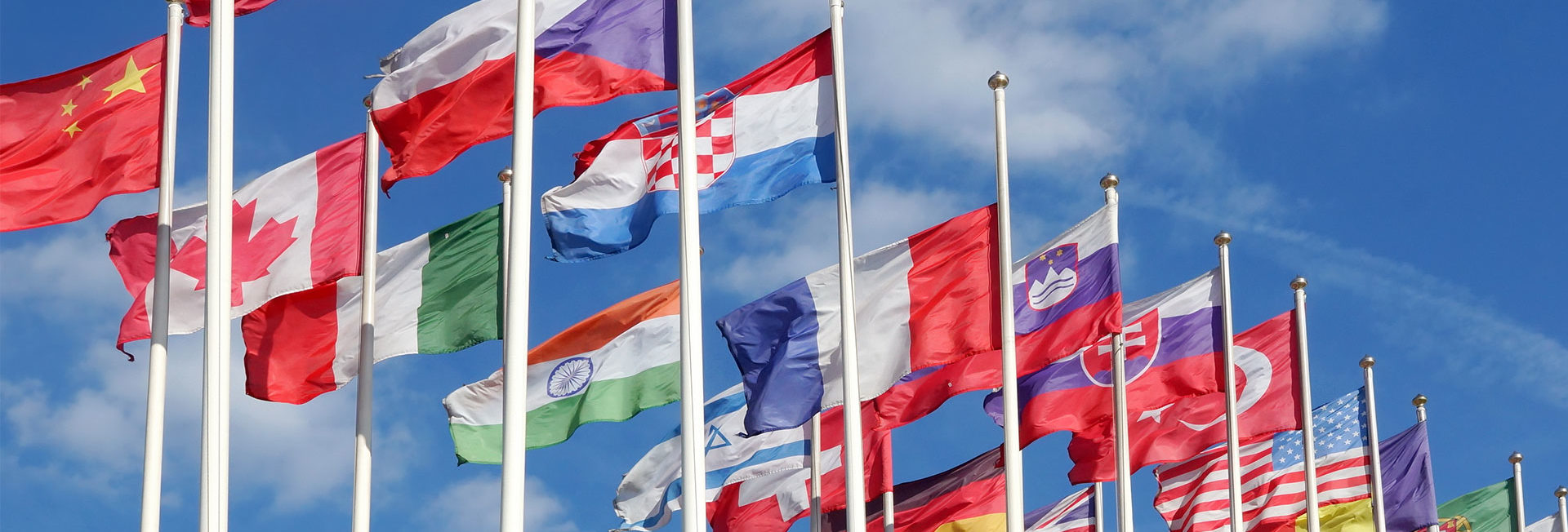Commercial Mediation Skills in Peacemaking
by Susanne Schuler
When we look at the essence and purpose of both Peacemaking and ‘Traditional’ Mediation, we can see that they aim for similar outcomes:
Seeking to achieve – ideally full – reconciliation amongst the parties or adversaries, and, creating – in some cases, a completely new – mutual understanding amongst parties and stakeholders.
Negative and Positive Peace
Professor Johan Galtung, states, that in Peacemaking and Peacekeeping, there are two different types of peace – Negative and Positive. This also applies to mediation outcomes. There are some conflicts, where one can just about negotiate a truce, an end to the escalation. And, there are other conflicts, where the parties are willing to go further, toward a true reconciliation that includes putting an action plan in place prescribing how to maintain and nurture a constructive conflict culture. As a savvy mediator, you need to master an array of skills, borrowed from different realms, to support and challenge the parties effectively, ready to face either process.
Five Examples from Peace Mediators and the Skills they Use
- A safe space for informality
Nita Yawanarajah, Senior Mediator & Conflict Analyst at Oxford Process who participated in UN engagements in Rwanda, Bosnia, Kosovo, Sierra Leone, Ethiopia-Eritrea, Darfur & Western Sahara and with the Commonwealth in conflict prevention engagements in the Maldives and Swaziland, underlines the importance of sidebar conversations, of creating a safe space for informality, where the parties can become ‘human’ again and speak about what really matters to them. Being able to set up a conducive environment for having crucial conversations helps ripen the conditions for progress.
2. It starts with yourself
We have learned much from Scilla Elworthy – peace builder, and the founder of the Oxford Research Group, a non-governmental organisation, she set up in 1982, to develop effective dialogue between nuclear weapons policy-makers worldwide and their critics – in her public talks about The Mighty Heart and The Business Plan for Peace she expands on the need for a combination of humility, courage and presence to bring about change and peace, in both conflicts with a small ‘c’ and a big ‘C’. It all starts with doing the deep inner work, with a healing process, and, deploying effective techniques to help us transform our own anger and the anger of others, into passion to be used as a force for good.
3. Business Negotiation to Free Mandela
Spending time with Michael Young, a businessman who secretly organised the meetings between the South African government and the leadership of the African National Congress (ANC), that led to the release of Nelson Mandela and contributed to the end of apartheid, he gave us real-life guidance of how business can, when it sees the need, move into peacemaking mode, by working in small ways to increase dialogue and successfully hold informal meetings between warring interest groups.
4. Different levels of reconciliation
Mark Anstey, mediator, writer, Emeritus Professor at the Nelson Mandela University in Port Elizabeth (SA), spoke in one of our peacemaking workshops about Negotiating Reconciliation in Peacemaking, he approaches mediation from a social and sociological point of view. He sees reconciliation as a systemic social change process, where policies, procedures and practices, as well as beliefs, attitudes, narratives and cultures but also the environment and structural relations, need to be addressed and re-negotiated.
5. Understanding is not accepting
In all my encounters with different types of mediation, from community, commercial, and, work place related, up to Human Rights conflicts, I found one essential element for the mediator to keep in mind and pass on to all parties. Seeking to understand the other side’s values, interests, fears and desires. This is key to resolving any deadlocked conflict. This does not mean that one has to accept the other point of view as the only truth, or, that by understanding the other, you are agreeing to what they are stating.
A key skill for any mediator is to help all parties, involved in the conflict, to see the conflict through the lens of the other respective parties too.
We hope we have inspired you to look into different aspects and ideas around conflict resolution and to think, wearing a variety of hats, when you are facilitating your next dispute.
We would love to hear from as we are keen to learn about your thoughts and contributions in this area, and, your experiences in this type of work. Wouldn’t it be wonderful if we could all help contribute to the important task of creating a culture of better conflicts and better outcomes.
Learn more about CEDR’s International Peacemaking Programme below.




